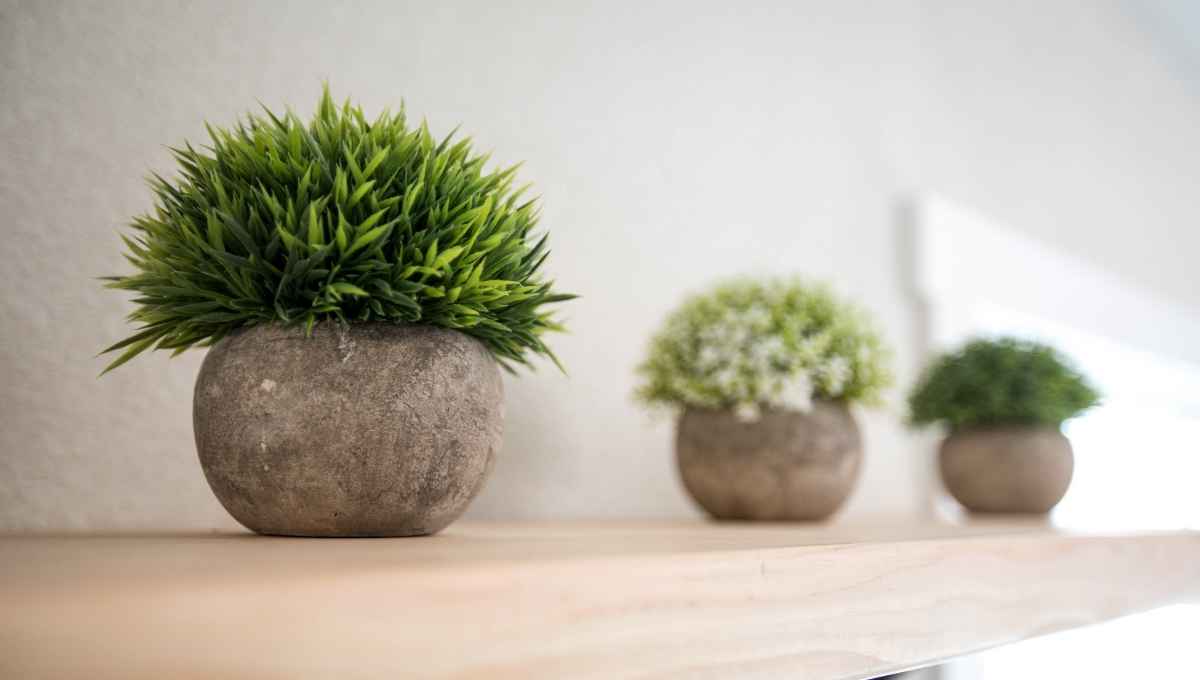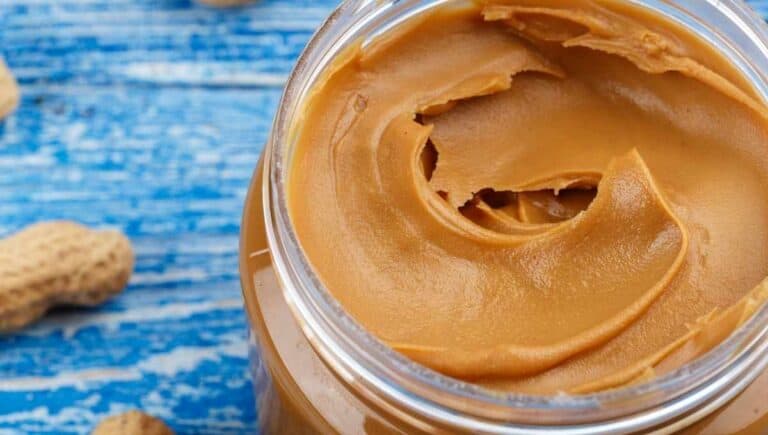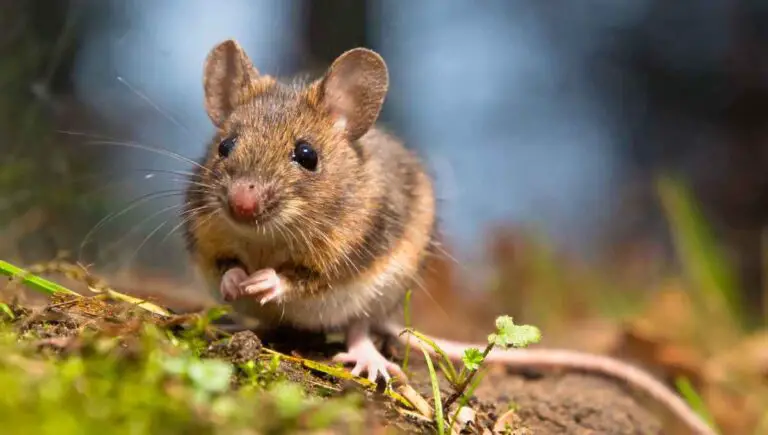Do Fake Plants Attract Bugs? (Do This to Keep Bugs Away)

When you find bugs all over your fake plants, it can be rather confusing. At first, you may think that your fake plants must be really believable! But, on the other hand- ew, bugs. So, do fake plants attract bugs? And what can you do to keep them away?
Fake plants will not attract insects the same way that regular plants do. However, this does not mean that there will never be any insects on your fake plant. Your fake plants could attract spiders, mites, or any number of insects.
Fake plants can still attract some insects so if your (fake) plants start to attract bugs, we have a solution for you and we explain step-by-step how to clean and maintain your silk plants. It might be easier than you think!
This post contains affiliate links. This means Household Blogger may earn a commission should you make a purchase using any of our links. Please refer to our full affiliate disclosure policy for full details.
Here’s a Quick Pro Tip!
Bugs are attracted to fake plants if they’re not dusted regularly and if they’re close to any windows. You should dust your plants regularly and use an insect repellent spray.
Here are our favorite insect repellent sprays:
1. Natria Neem Oil Spray – This is an organic eco-friendly bug spray for pest control.
2. Flora Silk – This spray is made specifically for fake plants.
3. Nu-Leaf Spray – This spray is also made specifically for artificial plants.
Bugs Stay Away From Artificial Plants, Usually.
Nine times out of ten, bugs stay away from fake plants. They prefer the humidity and warmth of regular house plants. Let’s discuss further why they stay away from fake plants.
Do Artificial Plants Attract Insects?
Artificial plants do not attract any insects because they are not made of organic material. Artificial plants are usually made from plastic or rubber. These materials have no moisture or value to insects.
However, artificial plants can be great homes for insects. If you do not dust off your fake plants often, they can become a home for insects. Insects favor secluded spaces that do not get disturbed very often.
Do Bugs Go On Fake Plants?
Usually, bugs don’t go on fake plants because they are made of plastic. However, sometimes bugs can be found in the small spaces of fake plants since bugs tend to make those spaces their homes.
If you find bugs on your artificial plant you should move the plant away from a window, clean the plant thoroughly, and re-pot it. This will ensure that your fake plants are clean and not infested with bugs.
Do Fake Plants Attract Fruit Flies?
Fake plants do not attract fruit flies, but sometimes the soil that it is planted in can attract fruit flies. They like to lay eggs in warm and damp environments. If you notice fruit flies on your fake plant you should repot it.
If you do find fruit flies hanging around your fake plant you should repot it into dry soil and also make sure there is no excess water that can be favored by the fruit flies.
If the problem persists you could spray some organic pest control to get rid of the fruit flies.
Do Fake Plants Attract Spiders?
Fake plants do not attract spiders at all because these ‘plants’ are made of plastic and plastic does not hold any benefit to spiders! Although, some spiders might be attracted to the green leaves on fake plants.
For example, Wolf spiders are attracted to the green color of the leaves because they can only see green.. These spiders are very common and not poisonous to humans though, plus they catch smaller bugs.
Why Bugs Are Attracted to Your Fake Plant
So we have concluded that it’s not entirely natural for bugs to be attracted to your fake plants- so why are they still hanging around?
Although this is abnormal, there are still several reasons why bugs might be attracted to your artificial plants. Let’s discuss what they are attracted to and why.
Why are My Fake Plants Attracting Bugs?
Your fake plants could be attracting bugs because it is in a secluded, warm, and safe space that is perfect for them to grow. Although it does not happen as much, you should still ensure to keep maintenance on your fake plants.
Dust-coated artificial plants can harbor a multitude of insects, just like a dust-coated forgotten cup can. You have to clean your fake plants regularly with a cleaner or simply wiping down the leaves will suffice.
Do Bugs Make a Home Out of Fake Plants?
In most cases, bugs make a home out of real plants because bugs can feed on them and hide in them. Sometimes they might make a home out of fake plants because it is a safe, sheltered spot.
Bugs can be attracted to the fake greenery of artificial plants or even the soil that the fake plant is placed in.
You should move your fake plants away from windows where bugs can target them as potential homes. Bugs that you can find on real plants include sales, spider mites, mealybugs, etc.
What Are Bugs Attracted To?
Bugs are attracted to several different spots in your home. They are mostly attracted to any warm, moist area that is not disturbed often. Indoor plants usually attract quite a lot of bugs.
Bugs are attracted to indoor plants because they have an abundance of water and usually are not disturbed as often.
You should check your plants regularly to make sure no bugs have made a home on your plants.
How to Keep Bugs Away From Your Fake Plants
We discussed what bugs are attracted to and why they are attracted to your fake plants, but how do you get rid of them? What pesticides are safe to use? Let’s discuss it step-by-step.
How Do I Keep Bugs off My Artificial Plants?
To keep bugs off your artificial plants, be sure to clean them regularly. Dust off your plants every week and wipe them down now and again. You could also use a spray cleaner that removes dust from your fake plants.
This artificial plant cleaner removes dust from your fake plants which makes it even more difficult for bugs to make a home on your plants or in your soil. Also, move your plant away from any windows.
How Do I Clean Fake Plants?
To clean fake plants you should use a duster or a hairdryer to remove all the dust and then use a damp cloth to remove excessive dirt. You should regularly use a cleaning spray on your artificial plant.
Using a hairdryer might sound like a good idea to remove dust from your artificial plants but you are only spreading the dust to a different area in your home.
We recommend rather using a vacuum with a gentle setting to vacuum your artificial plants.
How Do You Clean Fake Flowers and Plants?
You can use coarse salt to clean your artificial flowers. Place two tablespoons of coarse salt into a plastic bag along with your artificial flowers and shake the bag. This will loosen the dust and grime on your plants.
You could also mix equal parts of water with white vinegar to create a solution that you can spray on your artificial flowers and plants to remove any dust.
If you do not want to mix your own solution you can purchase an artificial plant cleaner.
Is There a Spray to Clean Fake Plants?
There is a spray sold on Amazon to clean fake plants. This spray helps to restore the original shine and get rid of dust. You can also make a homemade spray to clean your fake plants.
This cleaning spray removes dust from your fake plant and restores the original shine.
If you do not want to purchase a cleaning spray you can make your own by mixing equal parts water and white vinegar and pouring the solution into a spray bottle.
How Do You Keep Fake Plants Dust Free?
The best way to keep your fake plants from getting dusty is to include them in your regular dusting schedule. If you dust off every surface once a week then you should include your artificial plants in your dusting routine.
If you notice any dirt or grime, you should use your cleaning spray to remove it and also constantly check your fake plant for bugs that might have moved in.
If you find bugs on your fake plant you should move it away from the windows and thoroughly wipe it down.
How Do You Clean Dust off Silk Plants?
There are two methods to get the dust off of your silk plants. You could place your plant in a plastic bag along with coarse salt and shake well to remove the dust, or you could spray it down with a vinegar mixture.
The coarse salt acts as an abrasive to remove dust and dirt from your artificial plants, but this could take some time. It would be quicker to mix equal parts vinegar and water and spray this over your artificial plants.
How Do You Clean Silk Plants With Vinegar?
To clean artificial silk plants you should mix equal parts of water with white vinegar. This solution will help to remove dust from your fake leaves. However, you should not spray this on fake flowers because the water might cause the flowers’ colors to dissipate.
Before spraying this solution on all your fake plants, first, test it on one leaf. You should check if the colors of the leaf bleed. If not, you should be okay to use this cleaner on all of your silk pants.
How Often Should I Clean My Fake Plants?
In addition to incorporating your artificial plants in your weekly busting routine, you should deep clean your fake plants every six months. Deep cleaning can be done in a few ways.
Methods to deep clean your plants:
- Shower – Place your silk plants in the shower, wrap a plastic bag over any parts that should not get wet, and rinse with cold water for 5 mins.
- Microfibre cloth – Use a damp microfiber cloth that can wipe down every single leaf and flower.
- Vinegar spray – Mix equal parts vinegar and water, pour into a spray bottle and spray over your (fake) plants.
The Best Bug Spray for Your Fake Plants
Bug spray is the easiest way to keep bugs from your fake plants. In this section, we’ll discuss which bug spray we recommend and how to make your own homemade insect repellent.
What Is the Best Spray to Keep Bugs Away?
There are many different insect repellent sprays available on the market. Before purchasing any, you should check if they’re suitable for kids- natural, essential oils, etc. We recommend the OFF! Deep Woods Bug Spray.
The OFF! Deep Woods Bug Spray repels mosquitos, ticks, biting flies, and gnats. It is one of the best insect repellents reviewed on Amazon. It’s also not greasy or sticky since it has a powder-dry formula.
What Smell Will Keep Bugs Away?
There are five natural smells that bugs completely hate, even better is that most of these scents humans love. You might even have one or more of these products in your home to do some pest control for you.
The five natural smells that will keep bugs away:
- Rosemary – Perfect to add to food and the smell will keep the bugs away.
- Peppermint – Freshly crushed mint leaves left around your house will repulse most insects and leave your home smelling fresh.
- Lavender – Plant some lavender in your garden or rub it on your skin to keep the pets away.
- Garlic – Eating garlic will cause insects to stay away from you because they can smell it through your seat.
- Basil – You can keep some basil plants in the kitchen or even add them to your food to keep the bugs away.
Can I Use Insect Repellent on My Fake Plants?
You can use insect repellent on your fake plants. However, we recommend making your own vinegar solution to spray on fake plants or using one of the natural scents to repel bugs in your home.
If you want to use insect repellent, we recommend using OFF! Bug Spray. This repellent is good for long-lasting protection against bugs on your fake plants.
You can use insect repellant after wiping down your fake plants with a damp microfiber cloth.
How Do You Make Natural Bug Spray for Fake Plants?
You can make a natural bug spray by mixing equal parts of white vinegar and water. You can use this spray on fake plants or any surface around your home to prevent bugs from making a home on your plants.
To make another natural insect repellent you can follow these steps:
- Mix one part of lavender essential oil with 10 parts which hazel
- Shake to mix the contents
- Spray on artificial plants or surfaces as a bug repellant
DIY Insect Repellent for Artificial Plants
There are a variety of natural insect repellents that you can make to deter bugs. The easiest recipe is mixing equal parts of white vinegar and water, pouring it into a bottle, and spraying it on artificial plants.
Another easy DIY insect repellent for artificial plants:
- 2 cups of witch hazel mixed with citronella oil
- Add 1 tsp of apple vinegar
- Mix well and spray on fake plants
Related Questions
Do Indoor Plants Attract Bugs?
Indoor plants do attract bugs because they can provide a perfect home for these bugs. Insects prefer a warm environment with high humidity and not a lot of disturbance. Properly maintaining your indoor plants will prevent bugs from making it their home.
Some of the bugs that you commonly can find on indoor plants include aphids, spider mites, gnats, and mealybugs. Although most of these bugs are harmless, we still don’t want them in our homes.
Are Bugs Good for Indoor Plants?
Bugs are not good for indoor plants, they tend to feed on the stems, leaves, and roots. Many different bugs can infest indoor plants. You should try to use natural pesticides on your indoor plant.
Using natural pesticides prevents the bugs from becoming immune and resistant to chemicals. Chemical pesticides are also extremely unhealthy for humans and our pets.
If you find bugs on your indoor plant you should immediately isolate the plant and clean it thoroughly.
Final thoughts
Mostly, fake plants do not attract many insects but that doesn’t mean that it can never happen.
Hopefully, now, you are well prepared to keep those bugs off your plants so you can admire all their glorious beauty!









